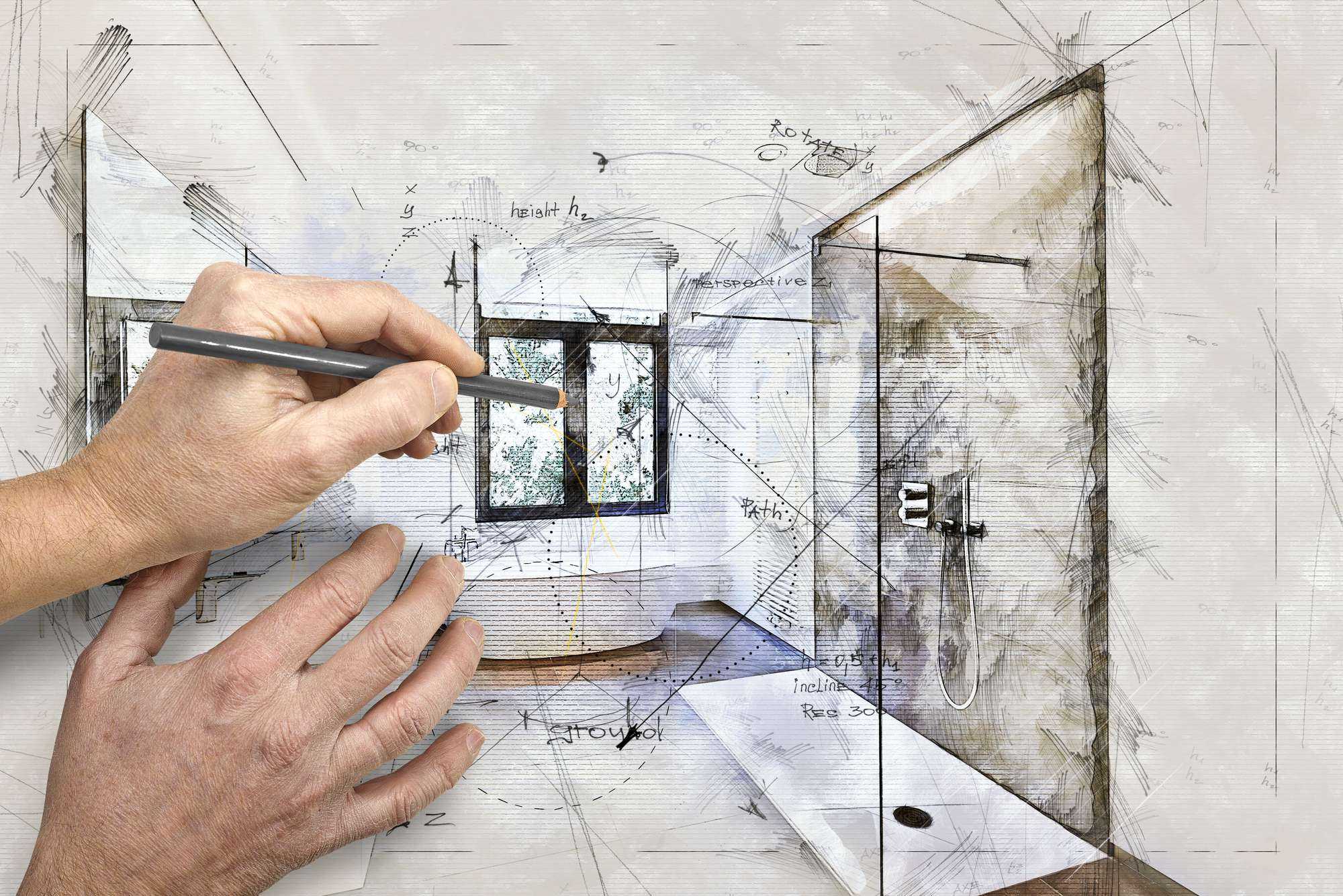BY CLEVE DeSOUZA
Renovations done right can make your home more comfortable, increase its value, and help you build wealth for your future. In 2019, almost 60% of Canadian homeowners completed one or more major renovation projects.
Most of us improve our homes for two reasons ¬– we want to make changes to better meet our family’s needs and we want to add to our home’s value.
Make the right repair or renovation at the right time and you’ll maximize your wealth. It’s not difficult to find the right way to build your home’s value, if you consider a few factors.
First, ask yourself what you need to make the home more comfortable.
The key word in that sentence is need. You may want a high-quality home theatre to enjoy movies once a week during the winter. What your family may need, though, is a renovated basement that adds living space you’ll use every day for years. A beautiful basement also can generate passive income. I worked with a client to secure a $100,000 loan to convert her basement into a luxury apartment. The value of her home rose 30% and she started collecting $2,500 every month in rent.
Basement renovations also are one of the top five ways to improve how much your family enjoys your home, according to the Appraisal Institute of Canada. The other four renovations that deliver family satisfaction are garages, sunrooms, decks and fences, and landscaping.
Second, consider the return on investment for renovations.
Replacing the windows isn’t much fun, and it could cost thousands of dollars. But the Appraisal Institute of Canada estimates the return on investment for windows between 50% and 75%. That means if you spend $5,000 on new windows, your home value can rise as much as $3,800. More immediately, new windows reduce your monthly heating and cooling costs.
Other, similar improvements that build your home’s value include replacing the roof or updating the heating and cooling system. In general, today’s buyers are looking for energy efficiency, so home renovations that focus on that tend to be the best value.
Third, if your home looks dated, consider some simple, inexpensive fixes.
When we think about renovations, we tend to think about expensive investments like my client’s basement. But don’t overlook the power of a fresh coat of paint. Experts estimate that paint has a 165% return on investment. Just remember to choose colors with wide appeal. Buyers also respond well to curb appeal, so spruce up your landscaping or replace your front door.
One renovation that reaps huge rewards is also the least expensive. Remove all the clutter and excess items from counters and tabletops. Your knick-knacks could be hiding your home’s features from prospective buyers.
Take a critical look at high-traffic areas such as kitchens and bathrooms. Just replacing the hardware on cabinets can give these rooms completely new looks. Investing a little more money to replace faucets or lighting fixtures also delivers big results.
If you decide to invest in more expensive renovations, keep in mind that home trends change over time. A bathroom renovation completed in 2005 does nothing for your resale value in 2020. If you aren’t selling for a decade or more, be sure you choose features that are easy to update. A good designer and contractor can help you with this.
Finally, as you consider renovations, remember that some upgrades are necessary to simply maintain your home’s safety and value. Roofs, furnaces, and air conditioners wear out and should be replaced every 10 to 15 years, even if you aren’t selling. Keep an eye on your electrical fixtures too. Worn-out electrical systems are a fire hazard. Structural defects always require timely repairs.

